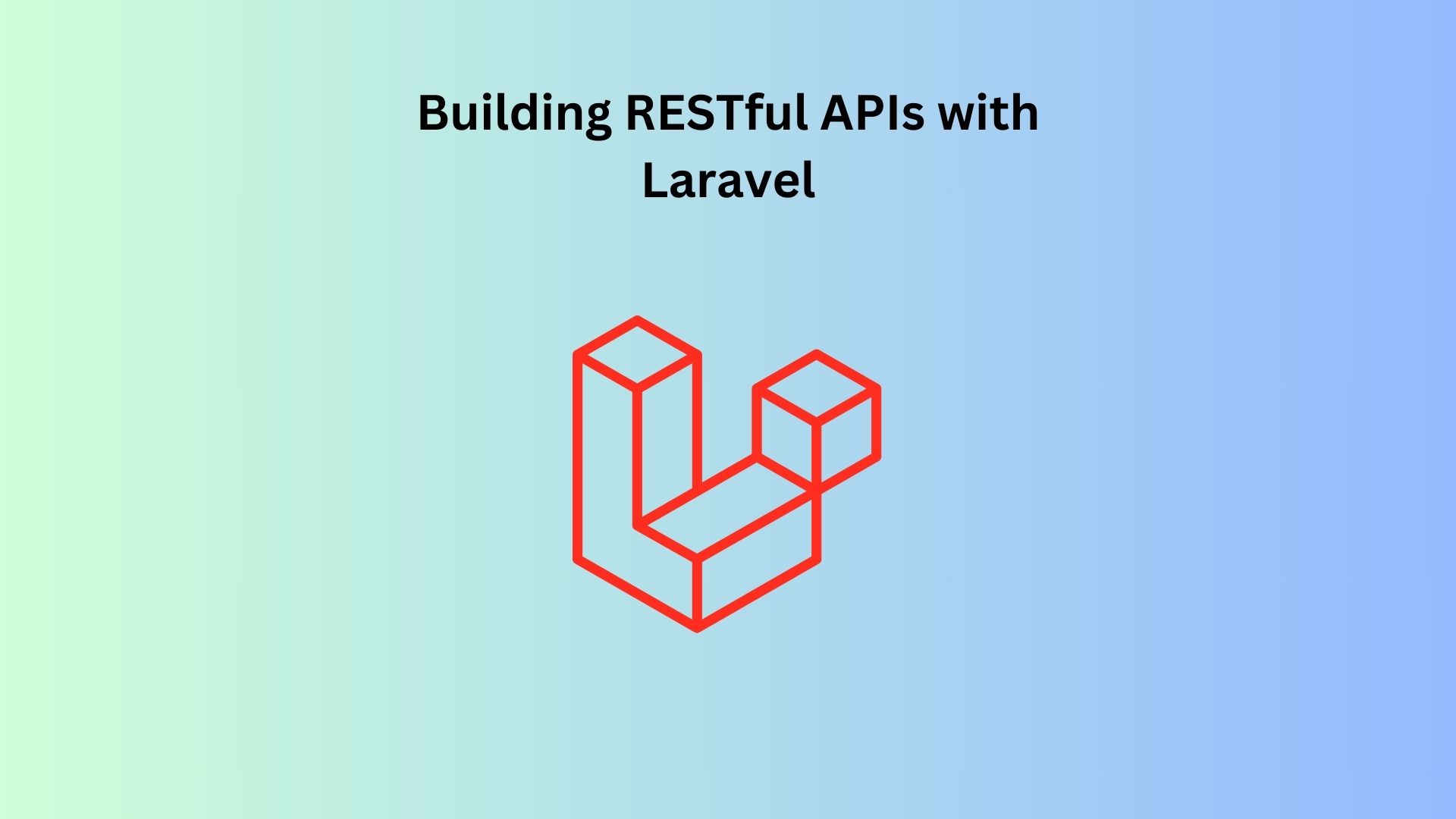Introduction
In today’s connected world, RESTful APIs are essential for building scalable and maintainable web applications. Laravel, with its powerful tools and expressive syntax, makes API development straightforward and efficient. This guide will walk you through the process of building RESTful APIs in Laravel, covering routing, controllers, authentication, and best practices to ensure your APIs are robust and secure.
If you’re new to Laravel, consider starting with our introduction to Laravel to get a solid foundation before diving into API development.
Understanding RESTful APIs
REST (Representational State Transfer) is an architectural style for designing networked applications. A RESTful API adheres to the principles of REST, providing a standard way to access and manipulate resources using HTTP methods like GET, POST, PUT, and DELETE.
Setting Up Your Laravel API Project
Before you begin building your API, ensure that your Laravel project is set up correctly. Start by creating a new Laravel project if you haven’t already:
composer create-project --prefer-dist laravel/laravel my-api-project
Defining API Routes
Laravel provides a dedicated routes/api.php file for defining your API routes. These routes are automatically prefixed with /api, making it easy to separate your API routes from your web routes.
Basic API Routes
Here’s how you can define basic API routes:
use Illuminate\Support\Facades\Route;
Route::get('/users', 'UserController@index');
Route::get('/users/{id}', 'UserController@show');
Route::post('/users', 'UserController@store');
Route::put('/users/{id}', 'UserController@update');
Route::delete('/users/{id}', 'UserController@destroy');
These routes correspond to the typical CRUD operations for managing resources.
Creating API Controllers
API controllers in Laravel are responsible for handling the logic of your API requests. You can generate an API controller using Artisan:
php artisan make:controller UserController --api
This command creates a controller with methods suited for RESTful actions (index, show, store, update, destroy):
namespace App\Http\Controllers;
use App\Models\User;
use Illuminate\Http\Request;
class UserController extends Controller
{
public function index()
{
return User::all();
}
public function show($id)
{
return User::find($id);
}
public function store(Request $request)
{
return User::create($request->all());
}
public function update(Request $request, $id)
{
$user = User::find($id);
$user->update($request->all());
return $user;
}
public function destroy($id)
{
return User::destroy($id);
}
}
Returning JSON Responses
By default, Laravel’s API routes return JSON responses. The framework automatically serializes your Eloquent models and collections to JSON, making it easy to work with APIs.
If you need to customize the JSON response format, you can use the response() helper:
return response()->json([
'data' => $user,
'message' => 'User retrieved successfully',
], 200);
Handling API Requests and Validation
When working with APIs, it’s crucial to validate incoming requests to ensure that your application handles data correctly.
Request Validation
Laravel provides an easy way to validate API requests using the validate method:
public function store(Request $request)
{
$validatedData = $request->validate([
'name' => 'required|max:255',
'email' => 'required|email|unique:users',
'password' => 'required|min:8',
]);
return User::create($validatedData);
}
Using Form Requests
For more complex validation logic, you can use form request classes:
php artisan make:request StoreUserRequest
In the generated StoreUserRequest class, you can define your validation rules:
public function rules()
{
return [
'name' => 'required|max:255',
'email' => 'required|email|unique:users',
'password' => 'required|min:8',
];
}
You can then use this request class in your controller:
public function store(StoreUserRequest $request)
{
return User::create($request->validated());
}
API Authentication and Authorization
Securing your API is critical to ensure that only authorized users can access or modify resources. Laravel provides several methods for API authentication.
1. Token-Based Authentication
Laravel Passport and Laravel Sanctum are popular packages for implementing token-based authentication.
Laravel Passport: Ideal for large-scale applications or when OAuth2 functionality is needed
composer require laravel/passport
php artisan passport:install
After installation, you can secure routes using middleware:
Route::middleware('auth:api')->get('/user', function (Request $request) {
return $request->user();
});Laravel Sanctum: Ideal for simpler applications and SPA (Single Page Application) authentication.
composer require laravel/sanctum
php artisan vendor:publish --provider="Laravel\Sanctum\SanctumServiceProvider"
php artisan migrate
Secure routes using middleware:
Route::middleware('auth:sanctum')->get('/user', function (Request $request) {
return $request->user();
});
2. Role-Based Authorization
You can use role-based middleware to restrict access based on user roles:
Route::middleware(['auth:sanctum', 'role:admin'])->get('/admin',
function () {
// Admin only route
});
Versioning Your API
API versioning is essential to manage changes without breaking existing clients. Laravel makes it easy to version your API:
Route::prefix('v1')->group(function () {
Route::get('/users', 'Api\V1\UserController@index');
});
Route::prefix('v2')->group(function () {
Route::get('/users', 'Api\V2\UserController@index');
});
This way, clients can specify the version they want to interact with, ensuring backward compatibility.
Best Practices for Building RESTful APIs
- Use HTTP Status Codes: Always return appropriate HTTP status codes for your responses (e.g., 200 for success, 404 for not found, 401 for unauthorized).
- Version Your API: Use URL versioning to manage different API versions.
- Document Your API: Use tools like Swagger or Laravel’s API Resource feature to generate documentation for your API.
- Paginate Large Responses: When returning large datasets, use Laravel’s built-in pagination to avoid overwhelming clients.
- Use Transformers or API Resources: Format your API responses consistently by using Laravel’s API Resources or custom transformers.
Conclusion
Building RESTful APIs with Laravel is a powerful way to create scalable and maintainable web applications. By following this guide, you can set up routes, handle requests, secure your API, and implement best practices to ensure that your APIs are robust and ready for production.
Ready to take your API development skills to the next level? Explore our next article on deploying Laravel applications to learn how to take your API live.



